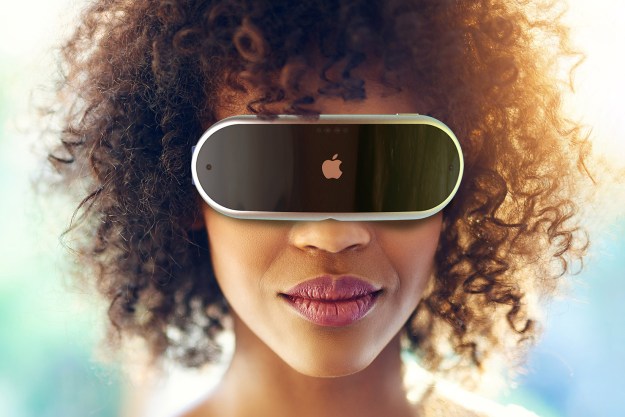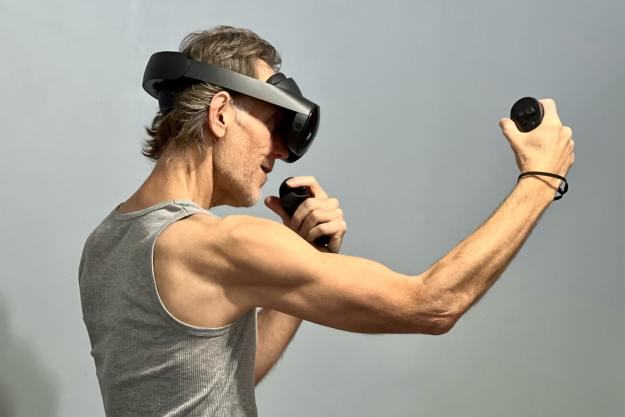
In fact, it actually had a more robust Oculus competitor in the works, but ended up killing the project in order to focus its resources on projects like Daydream, its new mobile VR platform for Android.
Daydream was first announced back in May at Google I/O, and it’s a platform for a new wave of virtual-reality software which is far more advanced than the humble Google Cardboard headset. In fact, Google will also be releasing a Daydream headset of its own, showing its growing interest in not just software, but also hardware.
As mentioned, Google had another virtual reality project that was set to be a direct competitor with headsets from the likes of Oculus and HTC. The project reportedly had a 50-person team, and it’s likely that team was largely redirected into the mobile VR effort.
Of course, it’s important to note that this news doesn’t at all mean that Google is giving up on developing a more high-powered headset down the line — all it means is that right now it’s focusing its efforts on mobile. That actually could be a good thing. With a more focused effort on mobile VR, when Daydream is finally available for consumers it will hopefully be a lot more robust.
And there may be no better way to bring virtual reality to the masses than to do it through a smartphone, which we all already own and use regularly. Sure, it might not be as high-powered as a dedicated headset like the Oculus Rift, but most of us don’t necessarily need a high-powered gaming device anyway.
Editors' Recommendations
- This new VR headset beats the Vision Pro in one key way and is half the price
- Apple is about to begin mass shipments of Vision Pro, report says
- Apple’s VR headset has no killer app, prominent leaker warns
- Leak reveals how Apple VR headset’s hand tracking may work
- Apple’s Reality Pro headset is the VR industry’s ‘last hope’


